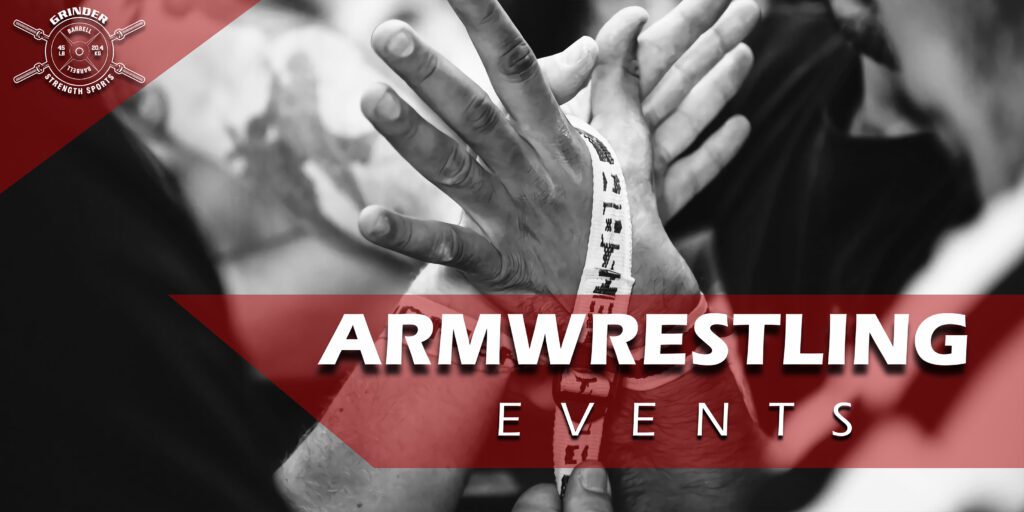Effectively monitoring your progress in armwrestling is crucial for continuous improvement and achieving your goals. Keeping track of training sessions, intensity levels, and body response allows you to make informed adjustments to your training program. This guide provides comprehensive insights on how to monitor your progress effectively.
Importance of Monitoring Progress
1. Track Improvement:
- Identify Strengths and Weaknesses: Regular monitoring helps you understand which areas are improving and which need more focus.
- Measure Performance Gains: Track gains in strength, technique, and endurance over time.
2. Optimize Training:
- Adjust Intensity and Volume: Make informed decisions on adjusting training intensity and volume based on your progress.
- Prevent Overtraining: Recognize signs of overtraining early and adjust your training accordingly.
3. Stay Motivated:
- Set Achievable Goals: Monitoring progress helps you set and achieve short-term and long-term goals.
- Celebrate Milestones: Acknowledge and celebrate your progress to stay motivated.
Key Aspects of Monitoring Progress
1. Tracking Training Sessions
Training Log:
- Details to Record:
- Date and time of each session.
- Exercises performed.
- Sets, reps, and weights used.
- Duration of the session.
- Benefits:
- Provides a clear record of your training history.
- Helps identify patterns and trends in your performance.
Example Training Log Entry:
- Date: July 24, 2024
- Session Duration: 60 minutes
- Exercises:
- Bicep Curls: 3 sets of 10 reps with 25 lbs
- Wrist Curls: 3 sets of 15 reps with 20 lbs
- Tricep Pushdowns: 3 sets of 12 reps with 30 lbs
2. Monitoring Intensity Levels
Intensity Scale:
- Rate of Perceived Exertion (RPE):
- Use a scale of 1-10 to rate the intensity of each exercise.
- 1-3: Light intensity (warm-up, recovery)
- 4-6: Moderate intensity (technical drills, moderate resistance)
- 7-9: High intensity (max-effort lifts, intense sparring)
- 10: Maximal effort (near failure)
- Benefits:
- Provides an objective measure of how hard you’re working.
- Helps balance high, moderate, and low-intensity sessions.
Example Intensity Tracking:
- Bicep Curls:
- RPE: 7
- Wrist Curls:
- RPE: 6
- Tricep Pushdowns:
- RPE: 8
3. Monitoring Body Response
Physical Feedback:
- Signs to Observe:
- Muscle soreness and recovery time.
- Energy levels and overall fatigue.
- Incidence of injuries or discomfort.
- Benefits:
- Helps adjust training volume and intensity based on your body’s response.
- Prevents overtraining and injury.
Mental Feedback:
- Signs to Observe:
- Motivation and mental focus.
- Stress levels and mental fatigue.
- Enjoyment and engagement in training.
- Benefits:
- Ensures that training remains enjoyable and sustainable.
- Helps identify when mental recovery is needed.
4. Regular Assessments
Performance Tests:
- Strength Tests:
- Periodically test max lifts (e.g., max-effort bicep curls, wrist curls).
- Endurance Tests:
- Perform timed endurance exercises (e.g., number of reps in a minute).
- Technique Assessments:
- Video analysis of techniques to identify areas for improvement.
Progress Reviews:
- Frequency:
- Conduct assessments monthly or quarterly.
- Benefits:
- Provides a clear picture of progress.
- Helps set new goals and adjust training plans.
Example Monthly Progress Review
Strength Test:
- Max Bicep Curl: 45 lbs for 5 reps
Endurance Test:
- Wrist Curls: 25 reps in 1 minute with 20 lbs
Technique Assessment:
- Hook Technique: Improved wrist control and speed
Conclusion
Monitoring your progress in armwrestling is essential for achieving continuous improvement and reaching your goals. By keeping a detailed training log, tracking intensity levels, monitoring body response, and conducting regular assessments, you can make informed adjustments to your training program. This approach ensures that you stay motivated, avoid overtraining, and consistently improve your performance in armwrestling.



